High blood pressure is often a “silent disease” that develops gradually without clear symptoms. For many people, it is primary hypertension – high blood pressure without a single underlying cause. But in about 10–15% of cases, another medical condition is behind it. Detecting these causes is crucial for proper treatment and for reducing the risk of complications.
Why Secondary Hypertension Is Dangerous
When high blood pressure is caused by another illness, it is called secondary hypertension. This type can be harder to treat since the underlying condition continuously drives blood pressure up. Without identifying it, the patient may suffer from stroke, heart attack, kidney failure and dementia [1].
Kidney Diseases
The kidneys regulate blood pressure by balancing fluid and salts in the body. In conditions such as chronic kidney disease, renal artery stenosis or polycystic kidney disease, this regulation is impaired, often leading to high blood pressure [2].
Hormonal Disorders
Hormonal imbalances can strongly affect blood pressure. Common examples include:
-
Hyperthyroidism and hypothyroidism – thyroid disease affecting metabolism
-
Primary aldosteronism (Conn’s syndrome) – causes salt retention
-
Cushing’s syndrome – elevated cortisol levels
-
Pheochromocytoma – a rare adrenal tumor releasing stress hormones [3]
Sleep Apnea
Obstructive sleep apnea, where breathing repeatedly stops during sleep, is a well-known cause of hypertension. Oxygen deprivation during apnea episodes triggers stress hormones that raise blood pressure both at night and during the day [4].
Other Conditions
Several other diseases can contribute to secondary hypertension:
-
Diabetes – damages blood vessels and kidneys
-
Heart valve disease and other cardiovascular problems
-
Pregnancy – high blood pressure in pregnancy (preeclampsia) is particularly dangerous [5]
When to Suspect Secondary Hypertension
Doctors may investigate underlying diseases if:
-
blood pressure is very high at a young age
-
hypertension is resistant to several medications
-
sudden severe blood pressure spikes occur without clear cause
Investigations often include blood tests, hormone analysis, kidney imaging and sometimes sleep studies.
Treating the Underlying Disease
In secondary hypertension, it is vital to treat the root cause. For example, renal artery stenosis can be corrected surgically, while hormonal disorders may be treated with medication or surgery. Addressing the cause can normalize blood pressure or make it easier to control.
High Blood Pressure and the Risk of Falling
Regardless of whether high blood pressure is primary or secondary, the condition increases the risk of falls. Causes include dizziness and balance problems, as well as blood pressure medications that can trigger sudden drops when standing (orthostatic hypotension). Among older adults, this can lead to fractures and long-term health problems [6].
Safety alarm with automatic fall alarm can increase safety for people with an increased risk of falling
Sensorem’s personal alarm is an example of a technical aid specially developed for people who have an increased risk of falling. The personal alarm can automatically trigger the alarm in the event of a fall and then call relatives using the watch’s built-in speakerphone with two-way communication. The personal alarm works outdoors and has built-in GPS positioning so that relatives can see the user’s position on a map in the Sensorem app.

